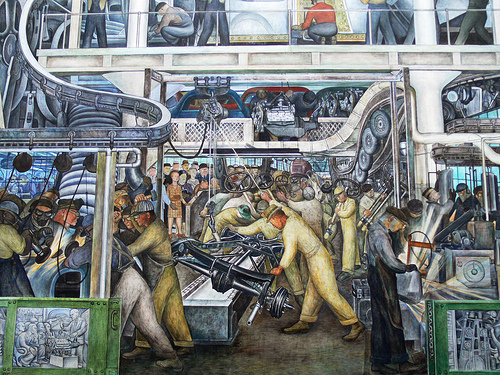
Note: this is a cross-post from The Realignment Project.
Introduction:
Even under the relatively optimistic economic forecast included in the 2011 Federal Budget, unemployment will remain at the 9.8% rate through the end of this year, dropping to 8.9% in 2011 and 7.9% in 2012. In other words, after four years since the first stimulus, unemployment will remain at recessionary levels. To be fair, the passage of a jobs bill – and the promised efforts to pass further stimulative elements (aid to states, highway money, public works, etc.) – lends some slight hope that this catastrophe might be averted.
However, as we’ve seen with the jobs bill, it’s incredibly hard and slow to get even the smallest elements of a jobs bill through Congress; this makes it highly unlikely that sufficient actions will be taken to bring down the unemployment. However, I do think that it is possible to push through more aggressive jobs measures at the state level in heavily Democratic states that aren’t hamstrung by the Senate’s rules and the Blue Dog Caucus. As I’ve discussed in my 50-State Keynesianism and Job Insurance series, I believe that it’s possible to reform state governments to be successful anti-recession institutions, complementing Congressional action.
Today, I’ll take California and New York as two heavily Democratic states that are also large enough to have a significant impact on the national economy.
Recent comments